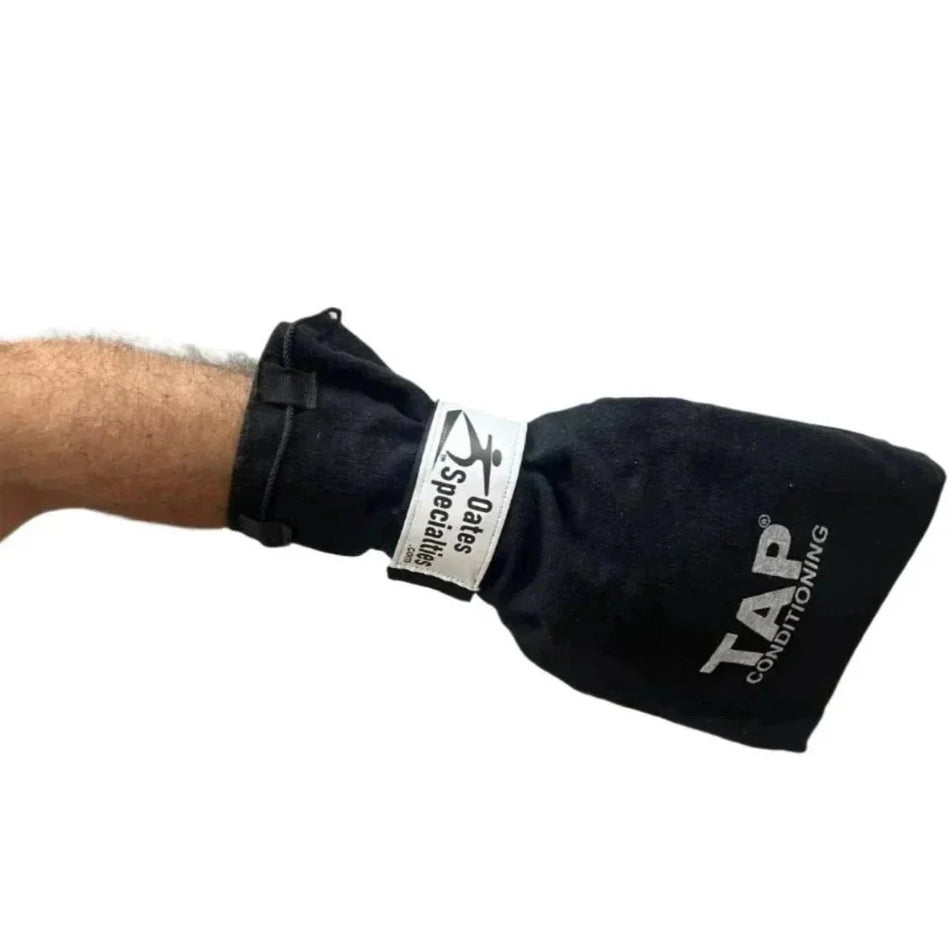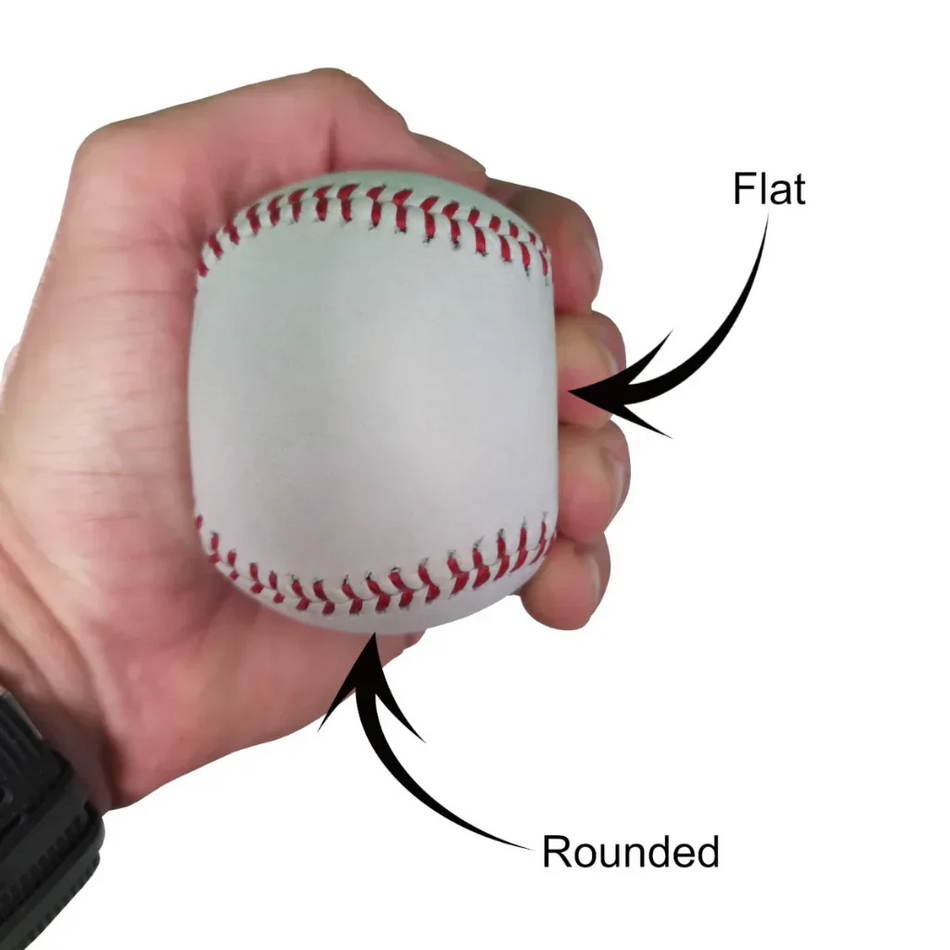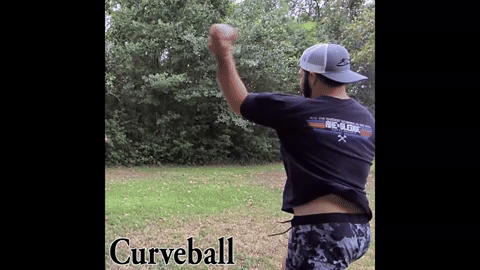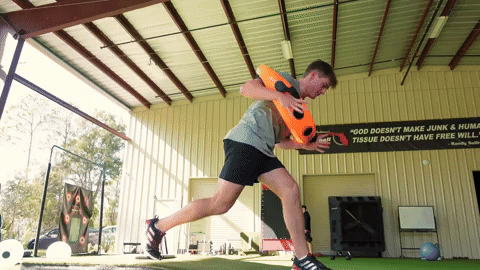My father and I returned from a two week trip to Taiwan and China this past Sunday after attending the TaiSpo and Canton Fair sports manufacturer conventions. We had a number of memorable experiences during our trip to Asia including climbing the Great Wall of China, but one thing that has stood out in my mind since we returned home was our night watching a flying acrobatic show in Beijing. During the hour and a half show, we witnessed 9 girls riding one bike, male acrobats jumping and flipping through different sized rings at different heights, a number of juggling acts, and acrobats holding one another in gravity defying positions.
My dad and I could not help but be awe inspired after the conclusion of the show as these acrobats possessed a combination of strength, flexibility, timing, and muscle control that may possibly be unrivaled in any other sport. Some of the positions they were able to contort their bodies into were truly incredible. After witnessing these tremendous feats of athleticism I became intrigued by the acrobats' backgrounds.
Chinese acrobatics has a long and storied tradition that goes back over 2500 years. The sport has a master-apprentice system in which new acrobats are trained by an older one who teaches exactly what his master before him taught. Young acrobats begin training around 5 and 6 years of age with specific training usually beginning around 8 years old. Their first performance is generally not until they are in their mid teens which ensures they have around 10 years of training before they are included in a acrobatic troupe show. This fits right in line with the "ten year rule" that Geoff Colvin talks about in his book Talent is Overrated. This rule, which is widely endorsed in chess circles, speaks to the fact that no one seems to reach the top ranks of their sport without ten years of deliberate practice.
During acrobat training the emphasis is on hand stands, head stands, and summersaults which are all designed to create body control, upper body strength, and stability. As impressive as the feats of strength and body control was in these athletes, I think what impressed my father and I the most was the amount of flexibility that accompanied the strength. Waist and leg flexibility are a must for acrobats and they train for it throughout their careers.
I often hear people talk about themselves as being inflexible and mentioning how it is just how their body was built. Although some people are inherently more flexible than others, I think these Chinese acrobats prove that flexibility, like most skills, can be mastered with countless hours of work and deliberate practice. If we were to take a 5 year old child and work on their flexibility numerous times a week until they are in their late teens that child would be extremely flexible. However, what most of us do is wait until we are 16 or 18 years old and are trying to play a sport at an elite level and then realize we don't have great flexibility. We then complain about our lack of flexibility and do relatively little to improve or work on it.
I really do believe that we could create much better athletes if we had them work on body control and flexibility exercises during their youth like the Chinese acrobats I recently watched perform. The amount of body awareness, control, strength, flexibility, coordination, and concentration would be a great benefit to a participant in any sport as they grow older. Although this is unlikely, it is always nice to speculate on the types of athletes we could create if a training program such as this was developed for youth athletes of all sports.
I have great respect for acrobats after watching the show in Beijing and it makes me realize that nothing is impossible with the right type of training and deliberate practice. Whether you are trying to hit or throw a 90 mph fastball, run a 4.4 second 40 yard dash, or dunk a basketball, you will significantly improve your chances of doing so with the right type of training and putting in enough hours to try and master the feat.
Until next time,
Brian Oates














































